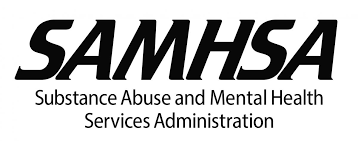Psychological First Aid for Children, Parents, and Other Caregivers After Natural Disasters
Part of the Listen, Protect, Connect series, this guide provides practical advice for parents and other caregivers on the three steps of psychological first aid to help children cope with natural disasters. PDF format.
Read MoreResponding to a School Crisis
Research suggests that approximately 25% of American children will experience at least one traumatic event by the age of 16. A child’s reactions to trauma can interfere considerably with learning and/or behavior at school. Schools serve as a critical system of support for children who have experienced trauma.
Read MoreReturning to School After a Disaster: Tips to Help Your Students Cope
Public health emergencies and disasters affect millions of children worldwide each year. These emergencies and disasters include natural events (such as severe weather, earthquakes, fires, floods, and tsunamis) and man-made events (such as acts of terrorism). An emergency or disaster can be destructive to a child’s physical environment, as well as affect their mental health.
Read MoreSafe School Plan and Continuity of Operations Guidance for Schools
This Safe School Plan and Continuity of Operations Annex template is designed to assist schools in the development of a Safe School Plan and the identification of essential services necessary to continue during the closure of schools. Download the document.
Read MoreSAMHSA’s Disaster Distress Helpline
The Disaster Distress Helpline puts people in need of counseling on the path to recovery. Our staff members provide counseling and support before, during, and after disasters and refer people to local disaster-related resources for follow-up care and support.
Read More




